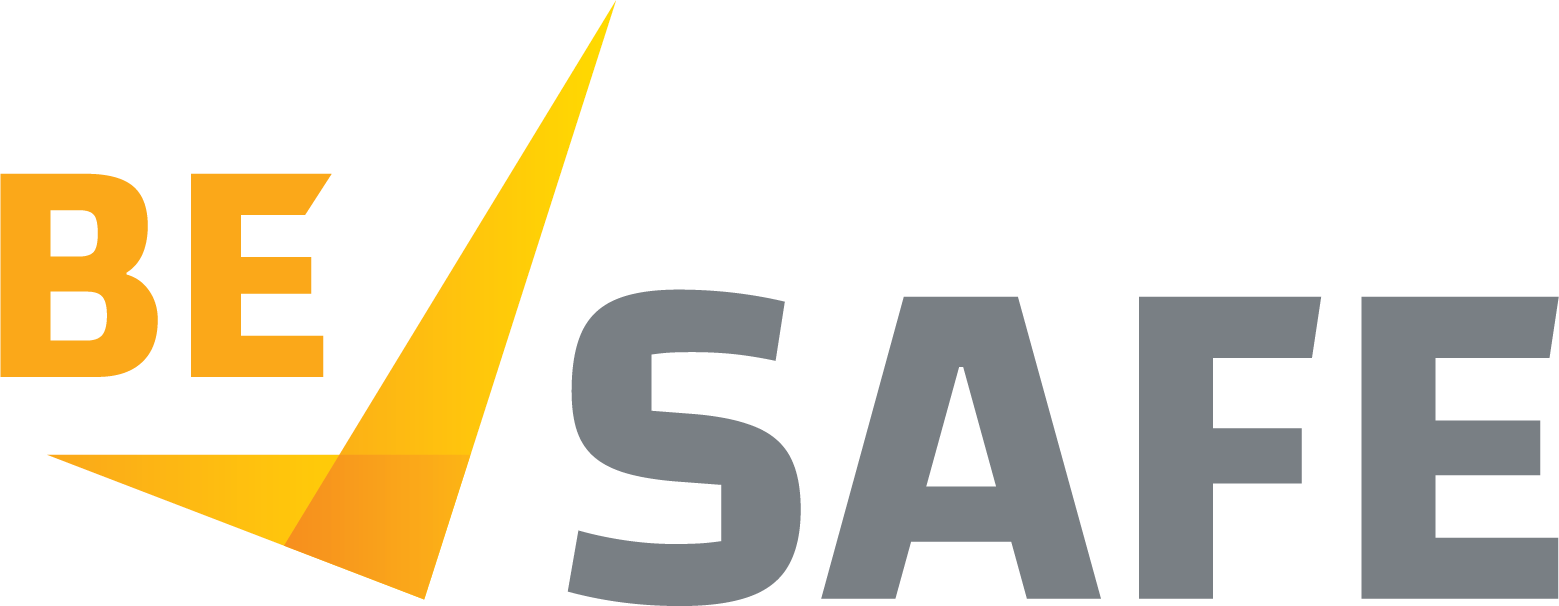Practical Challenges To Accessing Information and How to Overcome Them
While the entitlement to information is clear and a legal requirement, there are often challenges that HSRs face in exercising this right:
1. Information Overload:
With vast amounts of safety-related data available in larger organizations, HSRs may feel overwhelmed by the volume of information they need to digest. To address this, organizations should provide: clear, organized, and accessible safety reports rather than overwhelming HSRs with excessive detail.
2. Resistance from Employers:
Sometimes, employers may be hesitant to provide information due to concerns about confidentiality or legal liability. However, under the OHS Act, there are clear guidelines on the types of information that must be disclosed. HSRs should be well-informed about their rights and, if necessary, seek support from regulatory bodies or unions.
3. Access to Real-Time Data
In fast-paced workplaces, it can be challenging for HSRs to stay updated with real-time health and safety data. Regular meetings or briefings between management and HSRs can ensure that everyone is on the same page when it comes to ongoing risks or emerging hazards.
Conclusion
An HSR’s entitlement to information is a cornerstone of workplace health and safety. It empowers representatives to make informed decisions, foster a culture of safety, and protect workers from potential harm. Employers, for their part, have a legal and ethical responsibility to ensure that HSRs have timely, accurate, and relevant data at their disposal. When information flows freely between management and HSRs, it creates a safer, more collaborative work environment where everyone benefits.
For HSRs, understanding the full extent of their right to information—and how to use it effectively—can make all the difference in maintaining a safe workplace. It's not just about compliance; it's about preventing accidents, promoting well-being, and building a culture of safety that benefits everyone in the workplace.
If you require additional assistance or information on accessing information please contact BeSafe.




